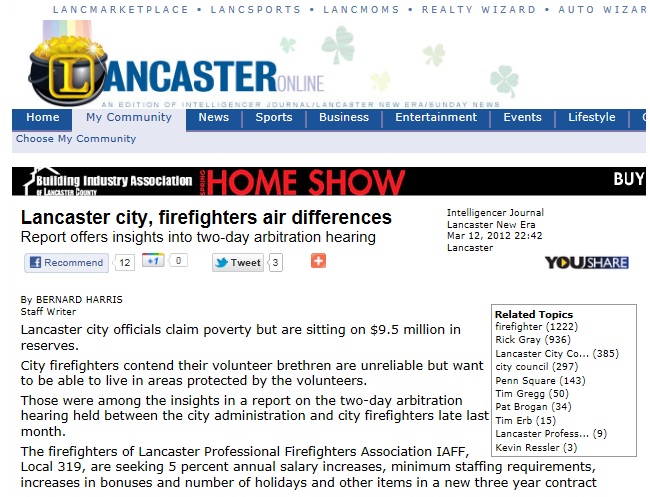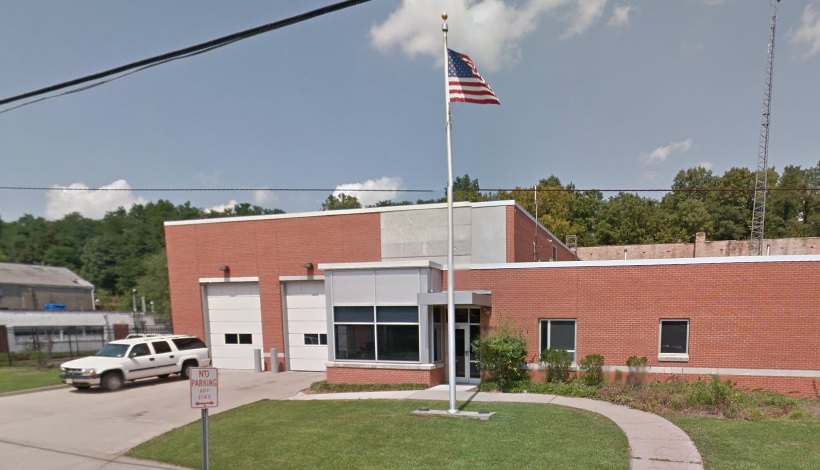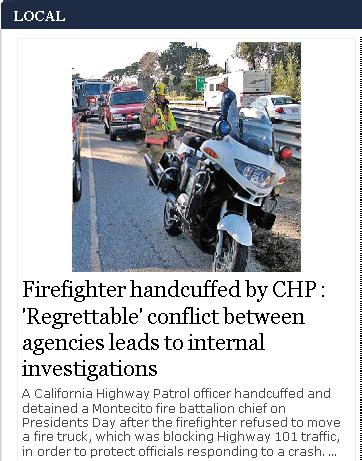UPDATE: 911 calls & timeline of controversial fatal Philly fire raise questions about dispatch procedures & a deputy mayor’s comments
Click here if video above fails to play
Previously: Protest in front of firehouse turns ugly
More coverage at PhillyFireNews.com
UPDATE
The 911 calls have been released by Philadelphia officials. In addition, Fire Commissioner Derrick Sawyer is also reiterating what the deputy mayor for public safety said earlier, that how the call was classified by 911 doesn’t matter. From Philly.com:
At Tuesday press conference, Sawyer said the initial classification of the fire “doesn’t matter” because the firefighters had still arrived “in a timely manner.”
The commissioner also said it appears someone tried to fight the fire with an extinguisher before 911 was called.
EARLIER
There is no doubt that the anger shown toward firefighters on the streets of Philadelphia last (Monday) night is misguided. Anyone who thinks the firefighters didn’t give their all during Saturday’s fire in a block of rowhomes has no clue about firefighters. But the community is angry and looking for someone to blame over the deaths of four small children. Part of that anger is likely being fed by rumor and lack of information.
Philadelphia releases 911 tapes
Today a timeline of the events on Saturday was released. Clarity and transparency in a timely fashion can go a long way in easing some of the tension.
Listening to Fire Commissioner Derrick Sawyer, I have to admit, if I was the reporter covering this story I’d want an answer to a very simple question. It’s not about what the firefighters on the street did, but the policy in the dispatch center.
Click here if video above fails to play
The question is this: Is sending one engine for a report of a sofa on fire on the porch of a rowhouse an adequate response?
Commissioner Sawyer somewhat addressed that question with reporters but didn’t have a clear answer. From Philly.com:
Sawyer said he did not know what process dispatch workers use to distinguish between rubbish and dwelling fires, or whether the dispatcher in this instance had pressed Boone for details and asked, for example, where the burning couch was.
From the timeline provided by Commissioner Sawyer, it appears there was approximately a four minute difference between the initial report to 911 of a sofa burning on a porch until the box-alarm was dispatched.
It took approximately five minutes from the time of that call for the arrival of first due Ladder 4 and seven minutes for Pipeline 40, which was clearing an auto fire. But the deputy mayor for public safety made it clear that those four minutes didn’t matter. Check out this excerpt from Philly.com:
Records show the first call came in just before 2:45 a.m. for a couch on fire on a porch. A neighbor, Jeff Boone, said he called 911 after seeing the couch. The operator asked him for the address, but did not press for more details.
Everett Gillison, deputy mayor for public safety, said any inference that the initial report of a rubbish fire affected response was wrong. “Did that affect or slow the response? Answer: no,” he said.
Above is the dispatch audio from Newsworking, in real time without edits. According to Commissioner Sawyer the initial 911 call came in about two minutes before the initial dispatch.
I don’t think that response from Deputy Mayor Gillison’s is the type of clarity and transparency that will quickly put this issue to rest. It’s as if he is saying, forget everything you’ve heard, every minute doesn’t count in an emergency.
Whether sending one engine on a couch burning on a rowhouse porch was because of dispatcher error or is actual dispatch policy that the city stands behind doesn’t change the fact that, for whatever reason, about four minutes were lost. Despite the protestations of a deputy mayor, that is not an insignificant amount of time when a home is on fire. Saying otherwise sends the wrong message.
Here’s the timeline as recounted by Commissioner Sawyer and posted on the website of WCAU-TV:
- 2:44 a.m. – “We received the first call in fire communications.”
- 2:46 a.m. – “The fire communications gave a verbal dispatch. The call we received was for a rubbish fire on a sofa on a porch.”
- 2:47 a.m. – “We received a second call reporting four houses on fire.”
- 2:47 a.m. – “The members of Ladder 4 were calling fire communications, letting them know that four houses were on fire and they had someone coming.”
- 2:49 a.m. –“ Ladder 4 was on location giving their first report.”
- 2:51 a.m. – “Pipeline 40 showed up on location. They were previously dispatched on a car fire. They were able to make it to this fire from a car fire in less than five minutes.”







